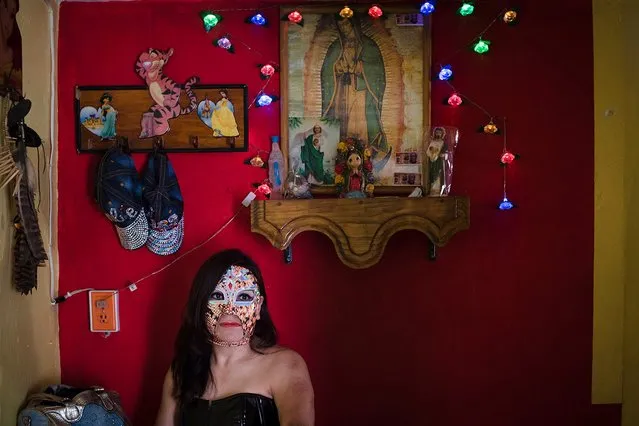
Lucha libre is Mexico’s version of what in the United States refer to as pro wrestling. Its dates to 1863, when a Mexican wrestler named Enrique Ugartechea developed a form of “freestyle” wrestling that was based on Greco-Roman wrestling. Lucha libre began to soar in popularity in Mexico after two Italian businessmen started promoting fights in the early 1900s. It has since become popular around the globe. The sport is mostly performed by men, called “luchadores”, festooned in colorful outfits and masks. But women also take part in the sport, and they are called “luchadoras”. Fascinated by the sport, and particularly with the female participants, Italian photographer Diana Bagnoli traveled to Mexico. To find her subjects, Bagnoli turned to the Internet. She first started with the official lucha libre association, called CMLL (Consejo Mundial de Lucha Libre). The CMLL is the main company promoting matches. Bagnoli didn’t have much luck there, but she met more people as she researched the sport, found an independent circuit and made inroads there. She became good friends with some of the women working in the independent circuit and thus began her project. Most of the women with whom Bagnoli spent time lived in the suburbs of Mexico City. Bagnoli found that the lives of these women could be difficult. She says a lot of them were grandmothers in their 30s and were all working hard to provide for their families. Many of the women’s main concerns were to fight for equality, both inside and outside of the ring, and to provide a good example for their children and grandchildren. But, Bagnoli told In Sight, “Unfortunately, this is not common now in Mexican society, where macho culture is all pervasive and they are experiencing a higher rate of violence against women”. Here: Xenia (her stage name) poses in her house. She started wrestling when she was 13. (Photo by Diana Bagnoli/The Washington Post)
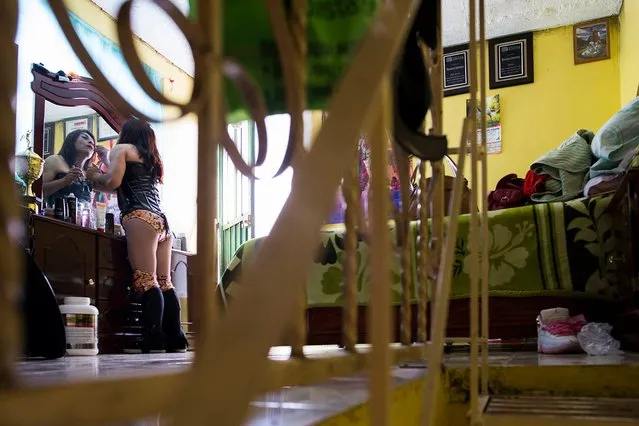
Xenia applies makeup in her home in Mexico City. (Photo by Diana Bagnoli/The Washington Post)
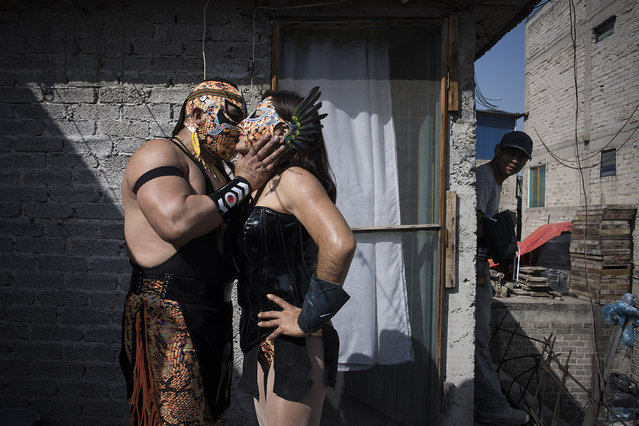
Xenia at home with her new husband, Piel Roja. Mexico City. (Photo by Diana Bagnoli/The Washington Post)
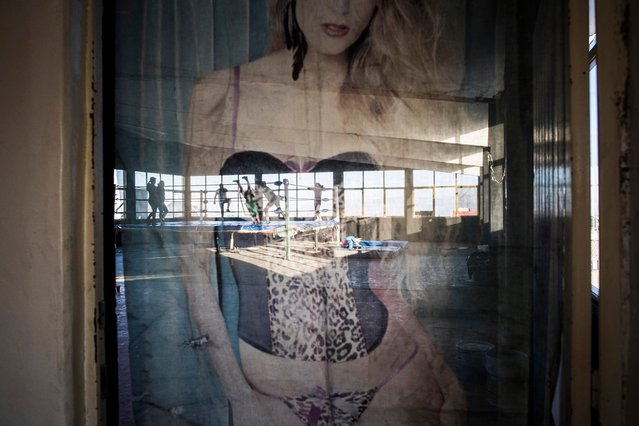
A gym where luchadoras train in Mexico City. (Photo by Diana Bagnoli/The Washington Post)
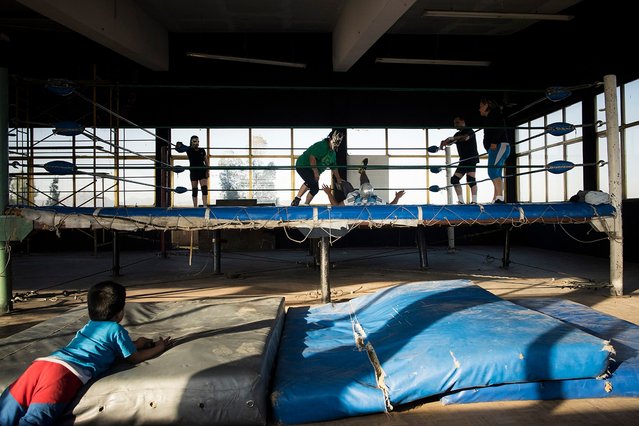
Wrestlers train in a gym in Mexico City. (Photo by Diana Bagnoli/The Washington Post)
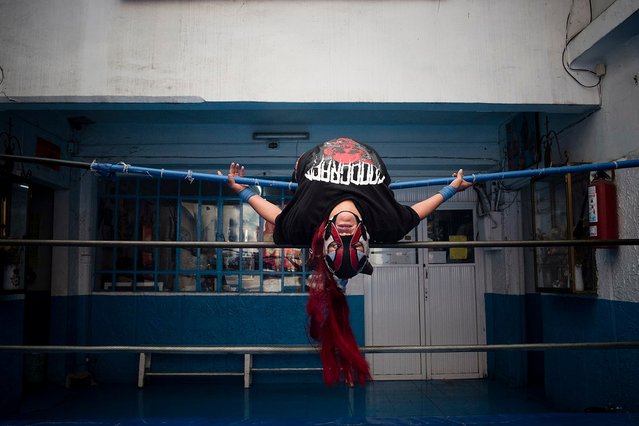
Andromeda trains in Mexico City. (Photo by Diana Bagnoli/The Washington Post)
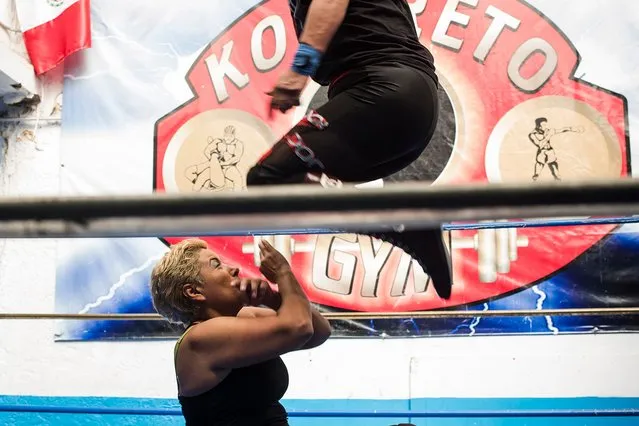
Mitzy and Andromeda train in Mexico City. (Photo by Diana Bagnoli/The Washington Post)
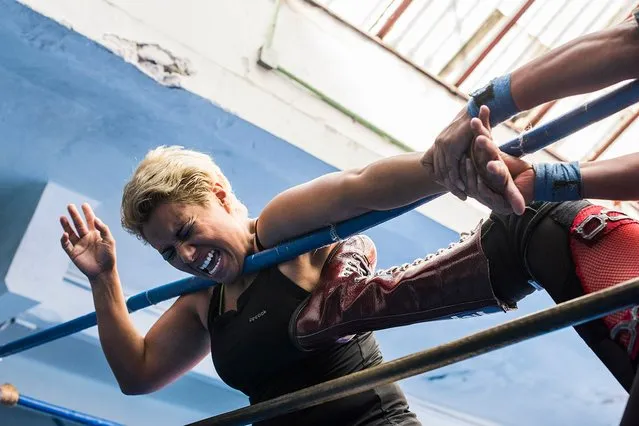
Mitzy and Andromeda train in Mexico City. (Photo by Diana Bagnoli/The Washington Post)
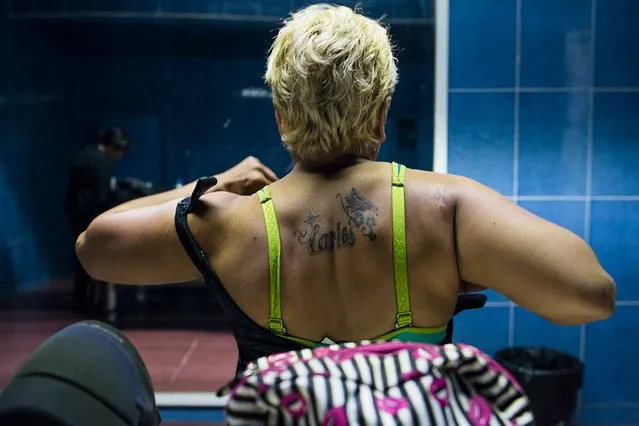
Mitzy prepares for a match with Andromeda in Mexico City. (Photo by Diana Bagnoli/The Washington Post)
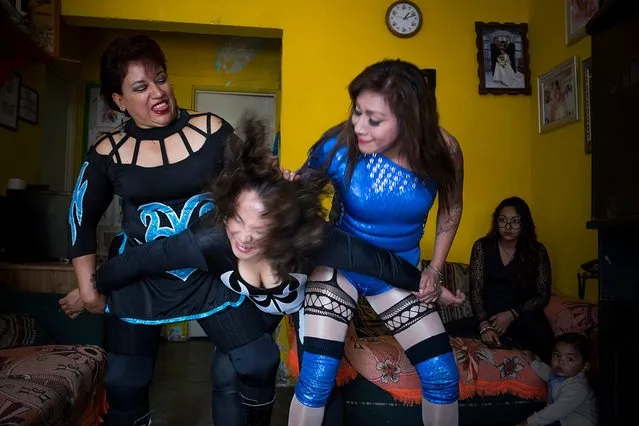
Juliza meets with colleagues at her home. (Photo by Diana Bagnoli/The Washington Post)
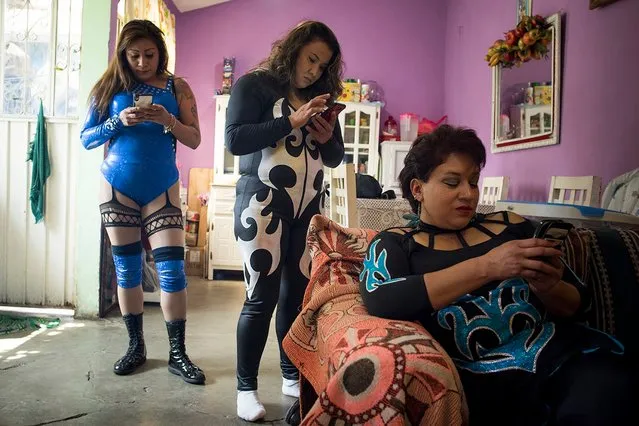
Luchadoras check their phones at Juliza’s home. (Photo by Diana Bagnoli/The Washington Post)
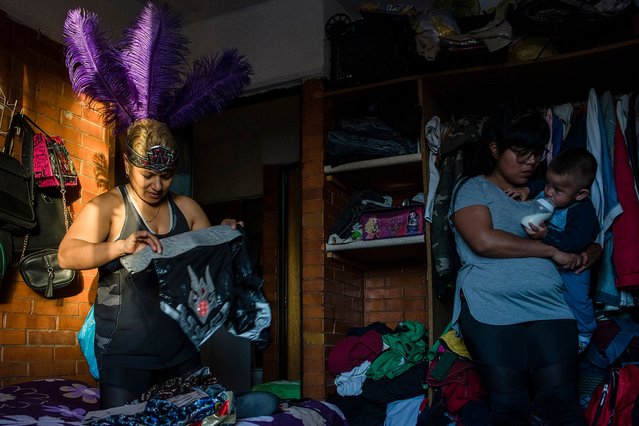
Mitzy gets dressed while her grandson is in his mother’s arms. (Photo by Diana Bagnoli/The Washington Post)
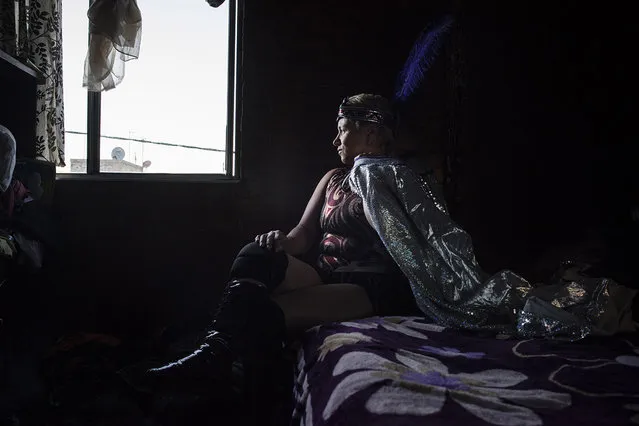
Mitzy's home. The maya name Mitzy means “queen of narrows”. She is 38 years old, she lives with her family (4 children, her husband, a grandson and her doughter in law). She's very sporwoman, she knows very well different kind of fight but she loves wrestling because it also hase the caracter to act on the ring: “it's such an adrenaline, it makes you addicted”. She knows now how to defend herself very well”, you don't need streigh or physical resistence, it's enought to know how to break a finger. Fighting is her chance to travel and know the world. A lot of women had to retire due to their husbands but she's very obstinate and now, after severl yeras, her husband accepted that, even if he's worry about her when she's having a match. Her second job is to be a Medium. (Photo by Diana Bagnoli/The Washington Post)
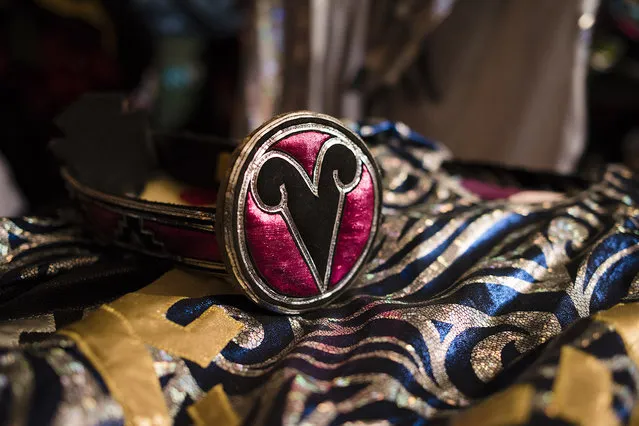
Part of Mitzy’s costume. (Photo by Diana Bagnoli/The Washington Post)

Mitzy at home with her family. (Photo by Diana Bagnoli/The Washington Post)
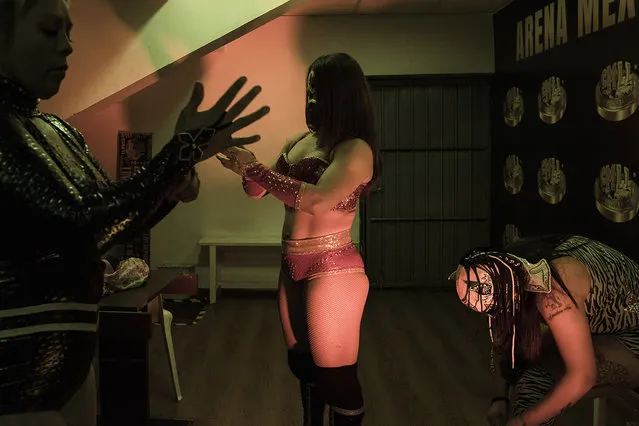
Backstage at a wrestling event in Mexico City. (Photo by Diana Bagnoli/The Washington Post)
15 Jun 2018 00:05:00,
post received
0 comments
